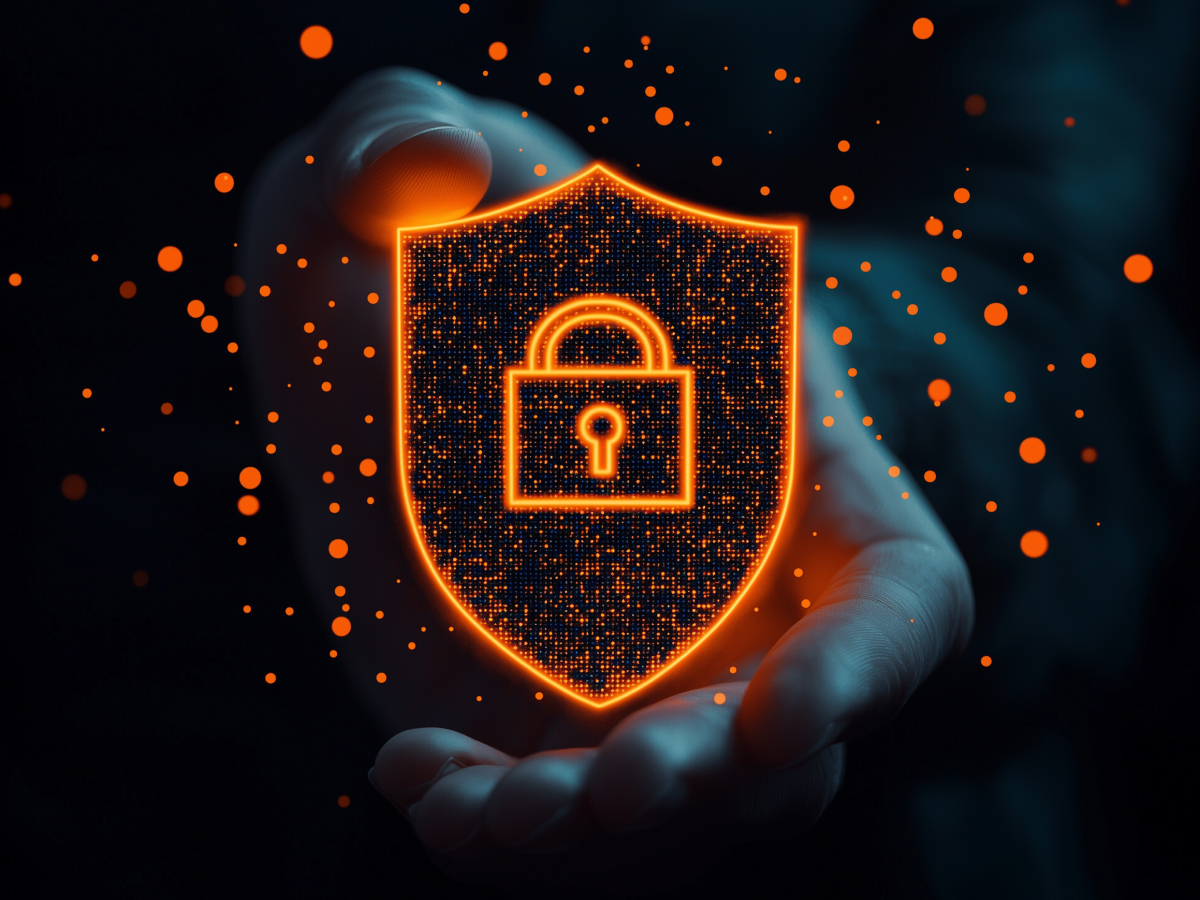Over 90% of malware-based cyberattacks begin with business email compromise (BEC). IT isn’t surprising given that email is the primary method of communication within most organizations.
The ease with which attackers can spoof or manipulate email headers and content is highly effective. Attackers know that many employees are not trained to scrutinize email details or recognize suspicious elements, making them an easy target.
IT departments must prioritize educating users on recognizing malicious emails and understanding the high-risk nature of this medium.
Supercharge your cybersecurity with effective end-user training
Security awareness training is a proven method to reduce cyber risks, but it must be done correctly to have a lasting impact. A well-designed program combines education with ongoing engagement and effective communication.
The goal must be to make security practices second nature for employees. Too often, companies provide one-off training sessions that fail to stick. Continuous reinforcement, combined with real-life examples, can help transform the way employees approach security.
Training alone, though, isn’t enough. Organizations must engage employees in a conversation about cybersecurity, making it relevant to their roles. It requires a mix of formal training and more humanized, interactive methods that make security feel less like a technical requirement and more like an integral part of daily operations.
The secret to engaging employees in cybersecurity
Engaging employees in cybersecurity can be challenging, especially when it’s perceived as a technical issue disconnected from their day-to-day responsibilities. Shifting that perception requires thoughtful strategies that turn cybersecurity into a relatable, interactive, and ongoing conversation within the organization. Here’s how you can make that shift effectively:
- Humanize cybersecurity efforts: Assign dedicated individuals or teams as the face of security, serving as a bridge between IT and employees, making cybersecurity less technical and more approachable for everyone.
- Share relatable stories to build rapport: Use real-life examples of security incidents, both internal and external, to create shared experiences that make cybersecurity tangible and help employees understand the personal and organizational consequences of their actions.
- Deliver cybersecurity messages in short, digestible formats: Break down complex security practices into simple, actionable steps like recognizing phishing emails or securing passwords, and communicate them regularly in concise, easy-to-follow formats.
- Turn cybersecurity into a dialogue: Encourage two-way communication through Q&A sessions, feedback channels, and open forums, letting employees raise concerns and ask questions, creating a sense of ownership over their role in cybersecurity.
- Use diverse methods to keep security top of mind: Utilize a variety of communication tools like short videos, interactive sessions, and town hall meetings to keep cybersecurity engaging, making sure that information is delivered in a casual, accessible way that resonates with employees.
Making cybersecurity an ongoing, interactive conversation that’s personal and relevant to each employee means you can change the way they perceive and engage with security initiatives.
One-on-one cybersecurity coaching for maximum impact
Empathy plays a huge role in the aftermath of a security incident. When dealing with employees who have experienced a breach or security issue, showing understanding can significantly improve their willingness to cooperate.
Many employees fear repercussions after making a security mistake, such as accidentally clicking on a phishing link or sharing sensitive data. IT professionals who acknowledge this fear and offer reassurance create a more collaborative environment, making it easier to gather the information needed to resolve the issue.
Open communication builds trust and helps IT teams to gather important information quickly. Asking the right open-ended questions lets employees share relevant details about the breach or issue. These details are often key to understanding the root cause of the problem and formulating an effective response.
Cybersecurity is human so communicate better to reduce risks
A growing body of evidence suggests that effective communication between IT teams and employees leads to fewer security breaches. When employees clearly understand their role in maintaining security, they are more likely to follow through on best practices.
When employees see security as part of their responsibility, they take ownership of it.
While technology provides comprehensive protection, employees remain the first line of defense against cyber threats. A well-informed workforce is more effective than any firewall or antivirus software in preventing breaches.
Building this awareness, through both formal training and informal dialogue, strengthens an organization’s security posture and reduces the risk of successful attacks.
Turn your users into cybersecurity heroes instead of vulnerabilities
Employees are often the weakest link in an organization’s cybersecurity chain. They can either protect or expose the company to new risks. Without proper training, employees may inadvertently click on phishing links, fall victim to social engineering, or mishandle sensitive information. Human errors can lead to massive breaches, no matter how sophisticated the security infrastructure may be.
While advanced technology solutions like AI-powered threat detection systems can automate many aspects of security, no tool can fully mitigate the risks created by an untrained workforce.
Encouraging a shift in mindset, from viewing employees as risks to seeing them as proactive defenders of security, can improve an organization’s overall security posture.
A cybersecurity professional in the UK noted, “If you don’t have good employee awareness of security, you’re never going to hire your way into being more secure.” As human behavior remains the most unpredictable factor in cybersecurity, employees who understand and appreciate their role in protecting the organization are far more likely to follow protocols and avoid risky behaviors.





